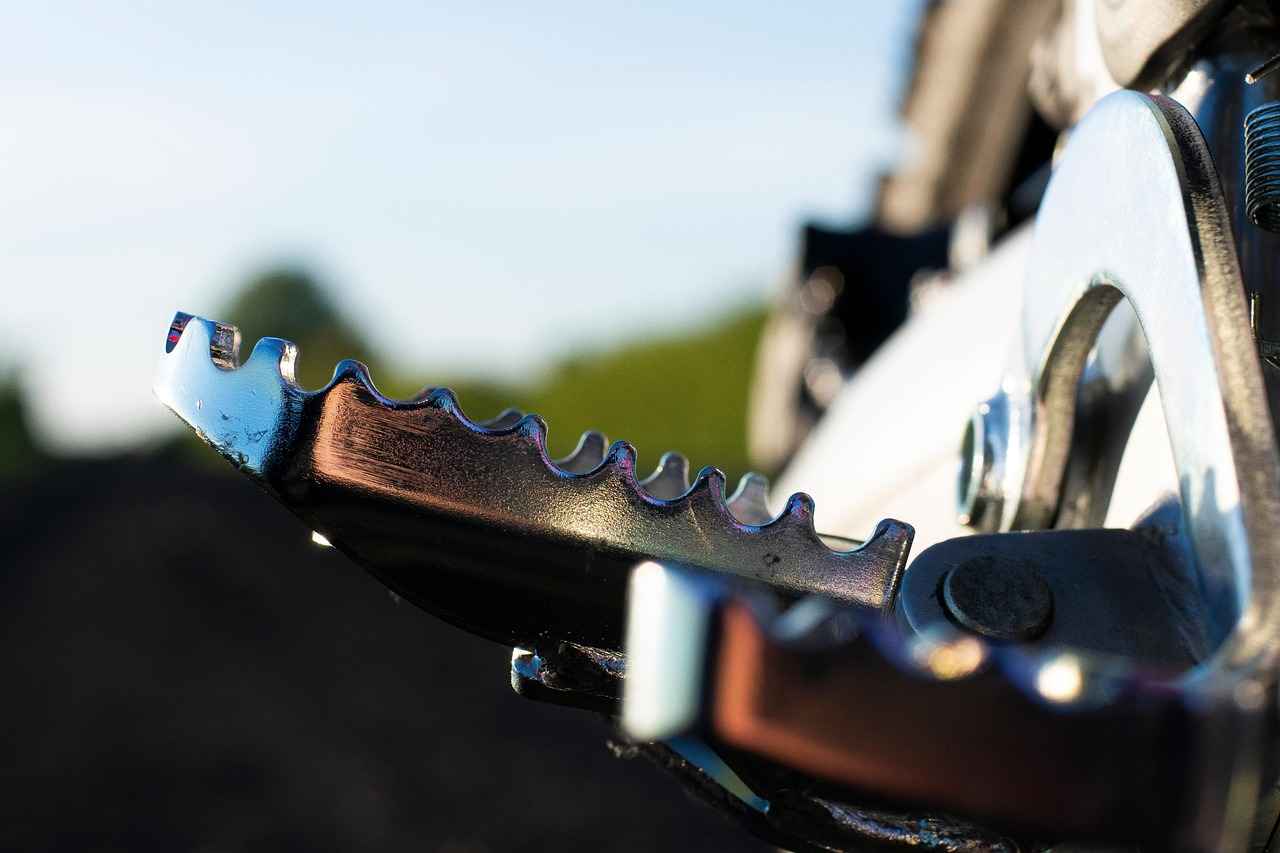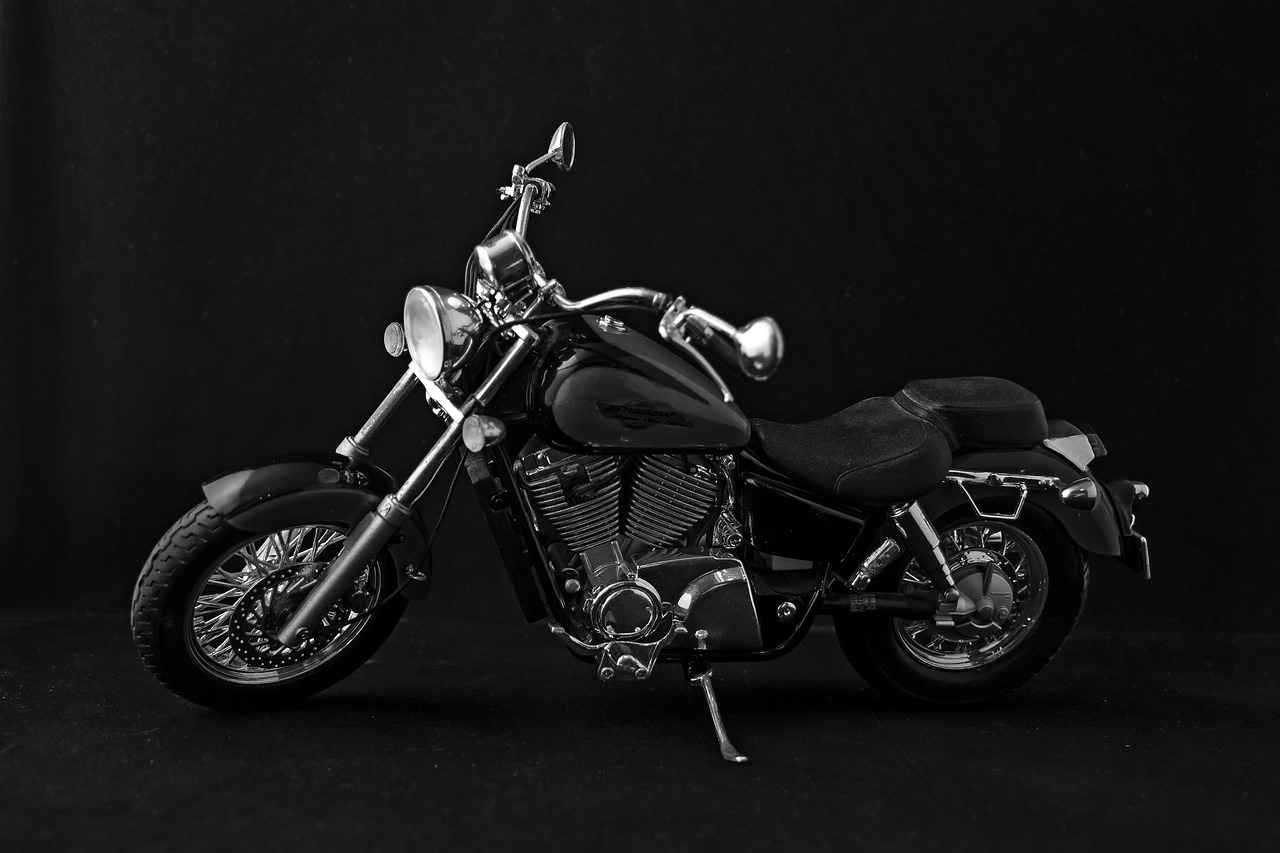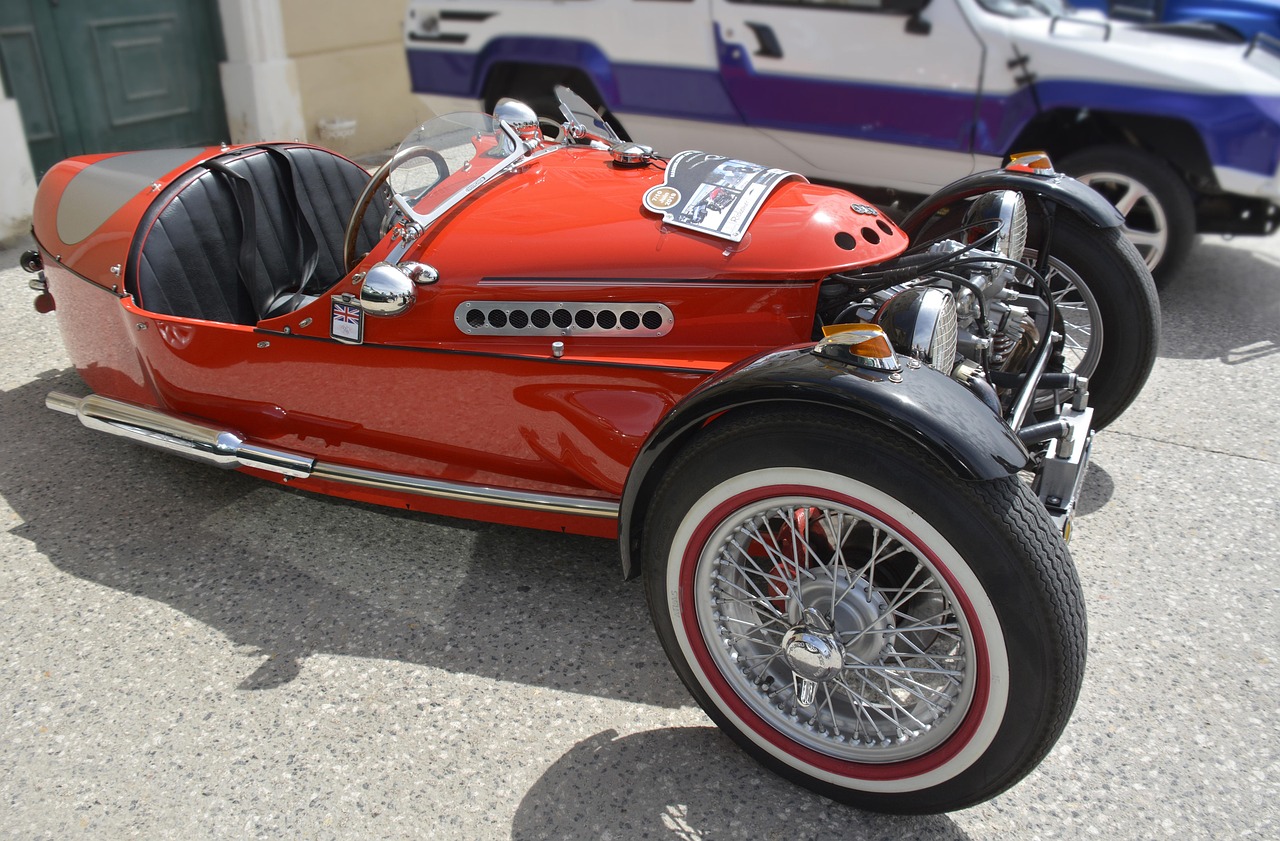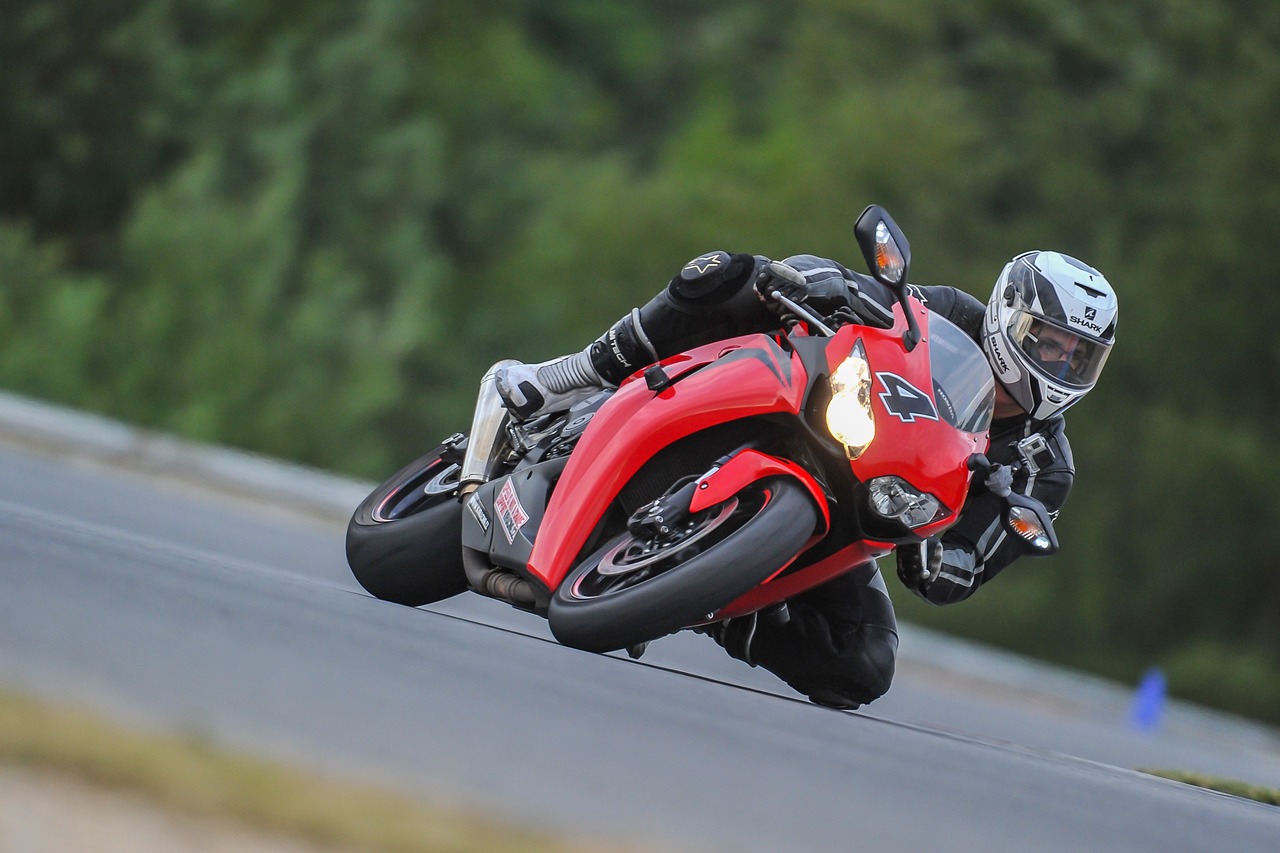The 1996 Honda Civic remains a celebrated model in the automotive world, known for its reliability, efficiency, and engaging design. This article delves into the reasons behind its lasting popularity, focusing on its design elements, performance metrics, and cultural significance among car enthusiasts.
Overview of the 1996 Honda Civic
The 1996 Honda Civic was part of the fifth generation, introducing a blend of practicality and sporty flair that appealed to a wide range of drivers. With various trims including the Civic DX and Civic Si, it catered to both budget-conscious buyers and those seeking performance.
Iconic Design Elements
The Civic’s design is often regarded as a benchmark for compact cars. Its aerodynamic shape and distinctive headlights not only enhance its visual appeal but also contribute to its overall performance. The clean lines and compact dimensions make it a favorite for urban driving.
- Exterior Features: The Civic features a sleek silhouette that reduces drag, improving fuel efficiency.
- Color Options and Trims: Available in a variety of colors, the Civic allowed buyers to express their personal style.
- Interior Comfort and Ergonomics: The interior layout maximizes space, providing comfort for both drivers and passengers.
Performance and Engine Specifications
Under the hood, the 1996 Civic offered a range of engines, from the efficient 1.6L SOHC to the more powerful 1.6L DOHC VTEC in the Si model. This variety allowed drivers to choose between fuel efficiency and spirited performance, making it a versatile option.
Fuel Efficiency and Environmental Impact
One of the standout features of the 1996 Civic was its impressive fuel economy, averaging around 30-36 MPG. This efficiency appealed to environmentally conscious consumers and contributed to its reputation as a green vehicle.
- Comparative Fuel Economy: When compared to other vehicles of its time, the Civic consistently outperformed competitors in fuel efficiency.
- Long-Term Sustainability: Its durability and low maintenance costs make it an environmentally friendly choice, promoting longevity and reducing waste.
Cultural Impact and Community
The Civic has cultivated a dedicated fan base, influencing car culture significantly. Its popularity has led to a vibrant aftermarket scene, where enthusiasts modify their vehicles to enhance performance and aesthetics.
- Modification and Customization Trends: Many owners personalize their Civics with aftermarket parts, creating a unique identity that reflects their style.
- Online Communities and Resources: With the rise of social media, online forums have become platforms for enthusiasts to share tips, tricks, and experiences related to the 1996 Civic.
Current Market Trends and Value
Despite its age, the 1996 Honda Civic holds significant value in today’s market, with prices reflecting its condition and mileage. Its reputation for reliability continues to drive demand, making it a sought-after model for both collectors and first-time buyers.

Overview of the 1996 Honda Civic
The 1996 Honda Civic represents a significant milestone in the evolution of compact cars, merging functionality with an appealing sporty design. This model year is often regarded as a turning point for Honda, as it captured the hearts of both everyday drivers and automotive enthusiasts alike.
One of the standout features of the 1996 Honda Civic is its versatile body styles, which included a two-door coupe, four-door sedan, and a hatchback. This variety allowed consumers to choose a model that best suited their lifestyle needs. The sleek exterior design, characterized by smooth curves and an aerodynamic profile, not only enhanced its aesthetic appeal but also contributed to improved fuel efficiency.
Under the hood, the 1996 Civic offered a range of engine options, including a 1.6-liter four-cylinder engine that provided a balanced mix of power and efficiency. With horsepower ratings around 106, it was capable of delivering a spirited driving experience while still achieving impressive fuel economy, often exceeding 30 miles per gallon in city driving and even more on the highway.
Inside the cabin, the 1996 Honda Civic prioritized comfort and practicality. The interior layout was designed to maximize space, providing ample legroom and headroom for passengers. High-quality materials were used throughout, ensuring durability and a pleasant driving environment. Additionally, features such as air conditioning and an upgraded audio system were available, enhancing the overall driving experience.
In summary, the 1996 Honda Civic stands out for its combination of style, performance, and practicality. It not only met the demands of the market at the time but also laid the foundation for future models, solidifying its legacy in the automotive world.

Iconic Design Elements
The design of the 1996 Honda Civic is often celebrated for its sleek lines and compact form. This model represents a pivotal moment in automotive history, blending functionality with an aesthetic that appealed to a broad audience. The Civic’s styling choices not only contributed to its visual appeal but also enhanced its performance and practicality, solidifying its status as an iconic vehicle.
One of the most notable features of the 1996 Honda Civic is its aerodynamic shape. This design minimizes air resistance, allowing the car to cut through the wind more efficiently. The smooth contours and rounded edges are not just visually pleasing; they play a significant role in improving fuel efficiency and overall performance. Additionally, the distinctive headlights and taillights add a touch of modernity, setting the Civic apart from its competitors.
- Compact Dimensions: The Civic’s size makes it ideal for urban driving, allowing for easy maneuverability and parking.
- Bold Color Options: Available in a variety of vibrant colors, the Civic appealed to younger buyers looking for personalization.
- Trims and Variants: The range of trims offered, including the sporty Si model, catered to diverse consumer preferences.
Inside, the 1996 Honda Civic continues the theme of thoughtful design. The interior layout prioritizes ergonomics, providing a comfortable driving experience. High-quality materials and intuitive controls enhance usability, making it a favorite among drivers. The spacious cabin offers ample legroom and cargo space, reinforcing its reputation as a practical choice for families and individuals alike.
In conclusion, the design elements of the 1996 Honda Civic are a testament to Honda’s commitment to innovation and consumer satisfaction. The combination of aesthetic appeal, functionality, and performance has helped the Civic maintain its iconic status in the automotive world.
Exterior Features
The 1996 Honda Civic is a remarkable example of automotive design that has stood the test of time. One of the standout aspects of this vehicle is its , which not only enhance its aesthetic appeal but also significantly impact its performance. This section will explore the various design elements that contribute to the Civic’s iconic status.
- Aerodynamic Shape: The Civic’s sleek, aerodynamic silhouette reduces drag, improving fuel efficiency and stability at higher speeds. This design choice reflects Honda’s commitment to performance and efficiency.
- Distinctive Headlights: The unique headlight design not only adds a touch of modernity but also improves visibility during nighttime driving. The integration of clear lens technology enhances light output, ensuring safer travels.
- Body Lines: The sharp body lines of the 1996 Civic create a sporty profile that appeals to younger drivers while maintaining a practical look for everyday use. These lines also contribute to the overall structural integrity of the vehicle.
- Compact Dimensions: The compact size of the Civic makes it an excellent choice for urban environments. Its ability to navigate tight spaces and park easily is a significant advantage for city dwellers.
- Color Options: The availability of vibrant color options allowed owners to express their personality. Popular choices like Bright Red and Electric Blue not only enhanced the car’s visual appeal but also helped it stand out on the road.
In summary, the exterior features of the 1996 Honda Civic are a testament to innovative design and engineering. Each element, from its aerodynamic shape to its distinctive headlights, plays a crucial role in enhancing both the vehicle’s performance and its visual impact, making it a timeless classic in the automotive world.
Color Options and Trims
The 1996 Honda Civic is not just a car; it represents a fusion of style, practicality, and personal expression, particularly through its diverse . This aspect played a crucial role in attracting a wide range of consumers, from young drivers looking for a stylish first car to families seeking reliability.
One of the standout features of the 1996 Honda Civic was its impressive array of color choices. Buyers could select from vibrant hues such as Electron Blue Pearl and Flame Red, which appealed to those wanting to make a bold statement. Alternatively, more understated options like Black and White catered to individuals preferring a classic look. This variety allowed owners to express their unique personalities and preferences.
The trims available also contributed significantly to consumer choice. The Civic DX, CX, and EX trims each offered different features, allowing buyers to select a model that best suited their needs. For instance:
| Trim Level | Key Features |
|---|---|
| Civic DX | Basic features, economical choice, manual windows |
| Civic EX | Upgraded audio system, sunroof, alloy wheels |
| Civic CX | Sporty aesthetics, enhanced performance options |
This segmentation not only made the Civic appealing to a broad audience but also highlighted the significance of personalization in consumer choice. Buyers were not just purchasing a vehicle; they were investing in a reflection of their identity. The ability to choose a color and trim that resonated with their lifestyle contributed to the Civic’s enduring popularity.
In summary, the variety of colors and trims available for the 1996 Honda Civic played a pivotal role in its market appeal. By offering a blend of vibrant and classic options along with diverse trim levels, Honda effectively catered to the desires of a wide array of consumers, solidifying the Civic’s place in automotive history.
Interior Comfort and Ergonomics
The interior of the 1996 Honda Civic is a prime example of how functionality can seamlessly blend with comfort. Designed with the driver and passengers in mind, the Civic’s cabin layout prioritizes accessibility and ease of use. This section will delve into the various aspects of its interior, including the layout, materials, and overall user experience.
- Spacious Layout: The Civic’s interior is designed to maximize space, providing ample legroom and headroom for both front and rear passengers. The thoughtful arrangement of seats ensures that occupants can enjoy a comfortable ride, even on longer journeys.
- Quality Materials: Honda utilized durable and high-quality materials throughout the interior. The seats are upholstered in fabrics that are not only aesthetically pleasing but also easy to clean and maintain. The dashboard features a user-friendly design, with controls that are intuitively placed for easy access.
- Ergonomic Design: One of the standout features of the Civic’s interior is its ergonomic design. The driver’s seat offers excellent support, and the adjustable steering wheel allows for a customized driving position. This attention to detail enhances the overall driving experience.
- Storage Solutions: The Civic includes several storage compartments, including a spacious glove box and door pockets, which provide convenient spaces for personal items and travel essentials. This practical approach to storage adds to the vehicle’s overall functionality.
- Sound Insulation: Another noteworthy aspect is the sound insulation that minimizes road noise, creating a tranquil environment inside the cabin. This feature significantly enhances the overall driving experience, making it more enjoyable.
In summary, the 1996 Honda Civic stands out with its well-thought-out interior that combines comfort, functionality, and quality. Whether commuting or embarking on a road trip, the Civic’s interior is designed to meet the needs of its drivers and passengers alike.
Performance and Engine Specifications
The 1996 Honda Civic is often celebrated for its remarkable blend of performance and efficiency, making it a favorite among car enthusiasts and everyday drivers alike. In this section, we will delve into the various engine options and performance metrics that contributed to its enduring appeal.
Under the hood, the 1996 Honda Civic offered several engine choices, allowing drivers to select a configuration that best suited their needs. The base model was equipped with a 1.6-liter inline-4 engine, which produced approximately 106 horsepower and 103 lb-ft of torque. This engine was known for its reliability and smooth operation, delivering a satisfying driving experience.
For those seeking enhanced performance, the Civic Si variant featured a more powerful 1.6-liter DOHC VTEC engine, generating up to 125 horsepower. This engine not only improved acceleration but also provided an engaging driving experience, particularly for those who appreciated a sportier feel.
| Engine Type | Horsepower | Torque |
|---|---|---|
| 1.6L Inline-4 | 106 hp | 103 lb-ft |
| 1.6L DOHC VTEC | 125 hp | 107 lb-ft |
In terms of performance metrics, the 1996 Honda Civic excelled in fuel efficiency, averaging around 30 miles per gallon in the city and 38 miles per gallon on the highway. This impressive fuel economy made it an attractive option for budget-conscious drivers, as well as those looking to reduce their environmental footprint.
Moreover, the Civic’s lightweight design contributed to its agile handling and responsive steering, making it a joy to drive in various conditions. The combination of a well-tuned suspension and compact dimensions allowed for a balanced ride, ensuring that drivers felt confident on both city streets and open highways.
Overall, the performance and engine specifications of the 1996 Honda Civic not only met the demands of its time but also set a standard for future models. Its blend of efficiency, power, and driving pleasure continues to resonate with enthusiasts today.

Fuel Efficiency and Environmental Impact
The 1996 Honda Civic is widely recognized for its remarkable fuel efficiency, which was one of its most appealing features during its time. As the automotive industry began to shift towards more eco-friendly options, the Civic stood out as a model that catered to the needs of environmentally conscious consumers. This section will delve deeper into its eco-friendly credentials and the impact it had on the market.
With an impressive fuel economy of up to 36 miles per gallon on the highway, the 1996 Honda Civic became a benchmark for compact cars. This remarkable efficiency not only reduced the frequency of refueling but also lessened the overall carbon footprint of its drivers. Compared to its contemporaries, the Civic’s fuel economy was a significant selling point, making it a popular choice among those looking to save on gas expenses while minimizing their environmental impact.
The 1996 model incorporated advanced engineering techniques that enhanced its fuel efficiency. Features such as multi-point fuel injection and a lightweight body design contributed to its economical performance. These innovations allowed the Civic to maintain a balance between power and efficiency, appealing to a broad range of consumers.
As awareness of environmental issues grew in the 1990s, many consumers began to prioritize fuel-efficient vehicles. The Civic’s reputation for reliability and low emissions made it a favorite among eco-conscious buyers. Its ability to deliver a sustainable driving experience without sacrificing performance resonated with those who wanted to make responsible choices without compromising on quality.
Moreover, the longevity of the 1996 Honda Civic means that it remains a viable option for many drivers today. Its durability and low maintenance requirements contribute to a sustainable ownership experience, as fewer vehicles on the road mean less waste and reduced environmental impact. Owners of the Civic benefit from not only a reliable vehicle but also a choice that aligns with their values regarding sustainability.
Comparative Fuel Economy
The 1996 Honda Civic stands out as a remarkable vehicle in its class, particularly when it comes to fuel economy. During a time when many cars were struggling to balance performance and efficiency, the Civic emerged as a leader, setting benchmarks that many manufacturers aspired to reach.
To understand its competitive edge, let’s examine some key figures. The standard model of the 1996 Honda Civic achieved an impressive 29 miles per gallon (mpg) in the city and an astounding 38 mpg on the highway. This performance was not only commendable for its time but also positioned it favorably against its contemporaries. For example, the 1996 Toyota Corolla offered around 25 mpg in city driving and 34 mpg on the highway, making the Civic a clear winner in the fuel efficiency category.
Moreover, the fuel-efficient design of the Civic was complemented by its lightweight structure and aerodynamic shape, which reduced drag and improved overall performance. In contrast, other vehicles from the same era, such as the Ford Escort and the Nissan Sentra, struggled to match these figures, often falling short in both city and highway ratings.
In addition to its impressive fuel economy, the Civic’s low emissions and environmentally friendly features appealed to a growing segment of consumers who prioritized sustainability. This aspect of the Civic not only contributed to its popularity but also aligned with the increasing awareness of environmental issues in the automotive industry.
Overall, the 1996 Honda Civic set a standard for fuel efficiency that remains relevant today. Its ability to combine practicality with performance has ensured its place in automotive history and continues to resonate with drivers seeking economical options without sacrificing quality.
Long-Term Sustainability
The 1996 Honda Civic stands out not only for its performance and design but also for its remarkable longevity, which significantly contributes to its overall sustainability. This section will explore how the vehicle’s durability and low maintenance requirements provide advantages for both its owners and the environment.
One of the key factors behind the Civic’s sustainability is its durability. Built with high-quality materials and engineering, the 1996 model has proven to withstand the test of time. Many owners report that their Civics have lasted well over 200,000 miles with proper care. This longevity reduces the need for frequent replacements, which in turn minimizes waste and the consumption of resources involved in manufacturing new vehicles.
Furthermore, the low maintenance needs of the 1996 Honda Civic are another significant aspect of its sustainability. The vehicle’s design allows for easy access to essential components, making routine maintenance tasks straightforward and cost-effective. This ease of maintenance encourages owners to keep their cars longer, further reducing environmental impact. Regular upkeep, such as oil changes and tire rotations, helps maintain fuel efficiency and performance, thereby lowering emissions over the vehicle’s lifespan.
- Reduced Waste: By keeping vehicles longer, fewer cars are sent to landfills, which is a crucial aspect of sustainability.
- Lower Resource Consumption: Extended vehicle life means that fewer resources are used in manufacturing new cars.
- Eco-Friendly Driving: The Civic’s fuel efficiency contributes to lower carbon footprints for its owners.
In summary, the 1996 Honda Civic exemplifies long-term sustainability through its robust construction and low maintenance demands. By encouraging owners to maintain their vehicles for extended periods, it not only benefits individual users but also contributes positively to the environment.

Cultural Impact and Community
The 1996 Honda Civic has not only become a symbol of reliability and efficiency but has also significantly influenced car culture and automotive communities. Its impact resonates through various aspects, from modification trends to online forums where enthusiasts gather to share their passion.
Over the years, the Civic has become a canvas for personal expression among car enthusiasts. Many owners have embraced the art of modification, customizing their vehicles to reflect their individual styles. This trend has led to a vibrant aftermarket scene where parts for performance upgrades, aesthetic enhancements, and unique accessories are abundantly available. Popular modifications include engine swaps, suspension upgrades, and body kits, which allow owners to transform their Civics into unique machines that stand out in a crowd.
Furthermore, the online community surrounding the 1996 Honda Civic has flourished, thanks largely to the advent of social media and dedicated forums. Platforms such as Reddit, Facebook groups, and specialized websites serve as hubs for sharing knowledge, experiences, and tips on everything from maintenance to performance enhancement. These communities foster a sense of belonging and camaraderie among enthusiasts, where they can celebrate their shared love for the Civic.
- Online Forums: Websites like CivicForums.com and HondaCivicForum.com provide valuable resources for troubleshooting, advice, and modification ideas.
- Social Media Groups: Facebook groups and Instagram hashtags dedicated to the 1996 Civic showcase stunning builds and connect owners worldwide.
- Events and Meetups: Car meets and shows often feature the 1996 Civic, allowing owners to showcase their modified rides and connect with fellow enthusiasts.
In addition to its physical modifications, the Civic’s presence in popular culture has cemented its status as an icon. From appearances in movies to being featured in video games, the 1996 Honda Civic has captured the imagination of many, further enhancing its appeal. This cultural significance not only attracts new enthusiasts but also keeps the existing community engaged and passionate.
Overall, the 1996 Honda Civic has transcended its role as a mere vehicle; it has become a cultural phenomenon that continues to inspire and unite automotive enthusiasts around the globe.
Modification and Customization Trends
The 1996 Honda Civic has become a canvas for car enthusiasts looking to express their individuality and enhance performance through modifications. Over the years, this model has seen a surge in popularity within the aftermarket scene, attracting a diverse range of owners eager to customize their vehicles.
One of the most common trends among 1996 Civic owners is the installation of performance upgrades. Enthusiasts often start with engine modifications, such as swapping the stock engine for a more powerful option or adding turbochargers to boost horsepower. These enhancements not only improve acceleration but also provide a more exhilarating driving experience.
Another popular trend involves suspension modifications. By lowering the ride height and upgrading suspension components, owners can achieve improved handling and a more aggressive stance. This not only enhances the car’s performance on the track but also gives it a sporty appearance that turns heads on the street.
In addition to performance upgrades, many owners focus on aesthetic modifications. This includes adding custom paint jobs, unique body kits, and aftermarket wheels. These visual enhancements allow owners to personalize their Civics, making them stand out in a crowd. The vibrant colors and creative designs often reflect the owner’s personality and style.
Furthermore, the audio system is another area where enthusiasts invest. Upgrading to high-quality speakers and amplifiers transforms the driving experience, allowing for an immersive sound environment. Many owners also incorporate modern technology, such as Bluetooth connectivity and touchscreen displays, to keep their vehicles up-to-date.
The community aspect of modifying 1996 Civics cannot be overlooked. Online forums and social media groups provide platforms for enthusiasts to share their projects, seek advice, and showcase their builds. This sense of community fosters collaboration and inspiration, encouraging more owners to embark on their modification journeys.
Overall, the modification and customization trends surrounding the 1996 Honda Civic reflect a vibrant culture of creativity and passion. Whether for performance, aesthetics, or community engagement, these modifications continue to captivate car enthusiasts and solidify the Civic’s status as a beloved automotive icon.
Online Communities and Resources
The advent of the internet has revolutionized how car enthusiasts connect and share their passion for vehicles, particularly the 1996 Honda Civic. With its enduring popularity, numerous online communities and resources have emerged, creating a vibrant ecosystem for fans to engage with each other. This section will explore key platforms where enthusiasts gather to exchange knowledge, experiences, and modifications related to this iconic model.
One of the most prominent platforms for Honda Civic enthusiasts is CivicForums.com. This forum provides a space for users to discuss everything from technical issues to performance upgrades. Members can post questions, share DIY guides, and showcase their modified vehicles, fostering a sense of camaraderie among users.
Another significant platform is Reddit’s Honda community, where thousands of users share their insights and experiences. The subreddit covers a wide range of topics, including maintenance tips, modification ideas, and even memes related to the 1996 Civic. The interactive nature of Reddit allows for real-time discussions, making it a dynamic space for enthusiasts.
| Platform | Features |
|---|---|
| CivicForums.com | Technical discussions, DIY guides, member showcases |
| Reddit (r/Honda) | Real-time discussions, diverse topics, community engagement |
| Facebook Groups | Local meetups, event postings, modification showcases |
In addition to forums and Reddit, Facebook groups dedicated to the 1996 Honda Civic have gained immense popularity. These groups often organize local meetups, allowing members to connect in person and share their love for the vehicle. Posts featuring modifications, restoration projects, and advice on parts sourcing are common, making these groups invaluable resources for enthusiasts.
Moreover, platforms like YouTube serve as a treasure trove of content for Civic fans. Many creators produce videos on everything from engine swaps to aesthetic modifications, helping viewers learn visually and engage with the community. This multimedia approach enhances the overall experience for those passionate about the 1996 Honda Civic.
The rise of these online communities not only helps enthusiasts find support and knowledge but also cultivates a sense of belonging among fans of the 1996 Honda Civic. Whether through forums, social media groups, or video content, the shared love for this vehicle continues to thrive in the digital age.

Current Market Trends and Value
The 1996 Honda Civic remains a remarkable example of automotive engineering, demonstrating that age is merely a number when it comes to value retention. In today’s market, this classic vehicle has shown impressive resilience, continuing to attract buyers and enthusiasts alike. This section will delve into the current market trends and factors influencing the resale value of the 1996 Honda Civic.
As of now, the pricing of the 1996 Honda Civic can vary significantly based on factors such as condition, mileage, and modifications. On average, well-maintained models can fetch between $3,000 and $7,000, while rare trims or those with low mileage may command even higher prices. This pricing trend reflects the vehicle’s enduring popularity and reliability.
- Demand: The demand for the 1996 Honda Civic is buoyed by its reputation for longevity and low maintenance costs. Many buyers seek out this model for its dependable performance and fuel efficiency, making it a desirable option in the used car market.
- Resale Value Factors: Several factors contribute to the resale value of the 1996 Honda Civic:
- Condition: Vehicles that have been well cared for, with minimal rust and a clean interior, tend to sell for higher prices.
- Modifications: Customization can either enhance or detract from value, depending on the quality and popularity of the modifications.
- Market Trends: The growing interest in classic cars has positively impacted the Civic’s market, as enthusiasts look for models that represent a significant era in automotive history.
Furthermore, the rise of online marketplaces and forums has made it easier for buyers and sellers to connect, contributing to the Civic’s strong resale market. Enthusiasts often share tips and insights on where to find the best deals, further fueling interest in this iconic model.
In summary, the 1996 Honda Civic stands as a testament to Honda’s engineering prowess, retaining its value in a competitive market. Its combination of reliability, affordability, and cultural significance ensures that it remains a sought-after choice for both new and seasoned car buyers.
Frequently Asked Questions
- What makes the 1996 Honda Civic a classic?
The 1996 Honda Civic is considered a classic due to its iconic design, reliable performance, and fuel efficiency. It’s a perfect blend of practicality and style, making it a favorite among car enthusiasts even today.
- How fuel-efficient is the 1996 Honda Civic?
This model is renowned for its exceptional fuel efficiency, often achieving around 30-40 miles per gallon, depending on the engine and driving conditions. It’s a great option for those looking to save on gas without sacrificing performance.
- Can I modify my 1996 Honda Civic?
Absolutely! The 1996 Honda Civic has a vibrant aftermarket scene, and many owners enjoy customizing their vehicles. From performance upgrades to aesthetic changes, there’s a wide range of options available to personalize your ride.
- What are the common issues with the 1996 Honda Civic?
While the 1996 Civic is generally reliable, some owners report issues with rust, especially in older models. Regular maintenance and care can help mitigate these problems and keep your Civic running smoothly.
- Where can I find parts for my 1996 Honda Civic?
Parts for the 1996 Honda Civic are widely available, both online and at local auto parts stores. Websites like eBay, Amazon, and specialized Honda parts retailers offer a variety of options for both OEM and aftermarket parts.



